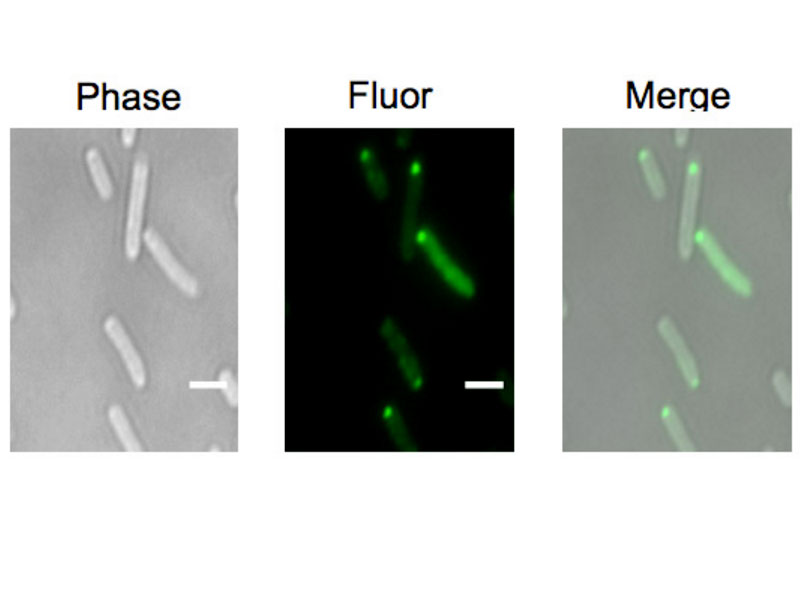Structural Analysis of SPI-2 needles
Using cryoelectron microscopy to perform structural analysis of the macromolecular complex of the SPI-2 secretory apparatus
Salmonella Pathogenicity Island-2 (SPI-2) plays a central role in the intracellular survival of Salmonella by encoding a type III secretion system, whose structure is currently unknown. SPI-2 gene expression is controlled by the two-component regulatory system SsrA/B, whose expression is in turn controlled by additional regulatory networks. The type III secretion system that is encoded by SPI-2 has not been well-studied, in part because it is not abundant and also because other surface appendages such as pili and flagellae obscure its visualization. Yet without SPI-2 type III secretion, Salmonella is unable to launch a systemic infection and becomes avirulent.
We are using cryoelectron microscopy (cryoEM) in collaboration with Dr. Wah Chiu (Baylor College of Medicine) to perform a structural analysis of the macromolecular complex of the SPI-2 secretory apparatus in order to fully study structural and assembly aspects of SPI-2 secretion.
Researchers: Hideaki Mizusaki
Lab: Linda J Kenney Lab



